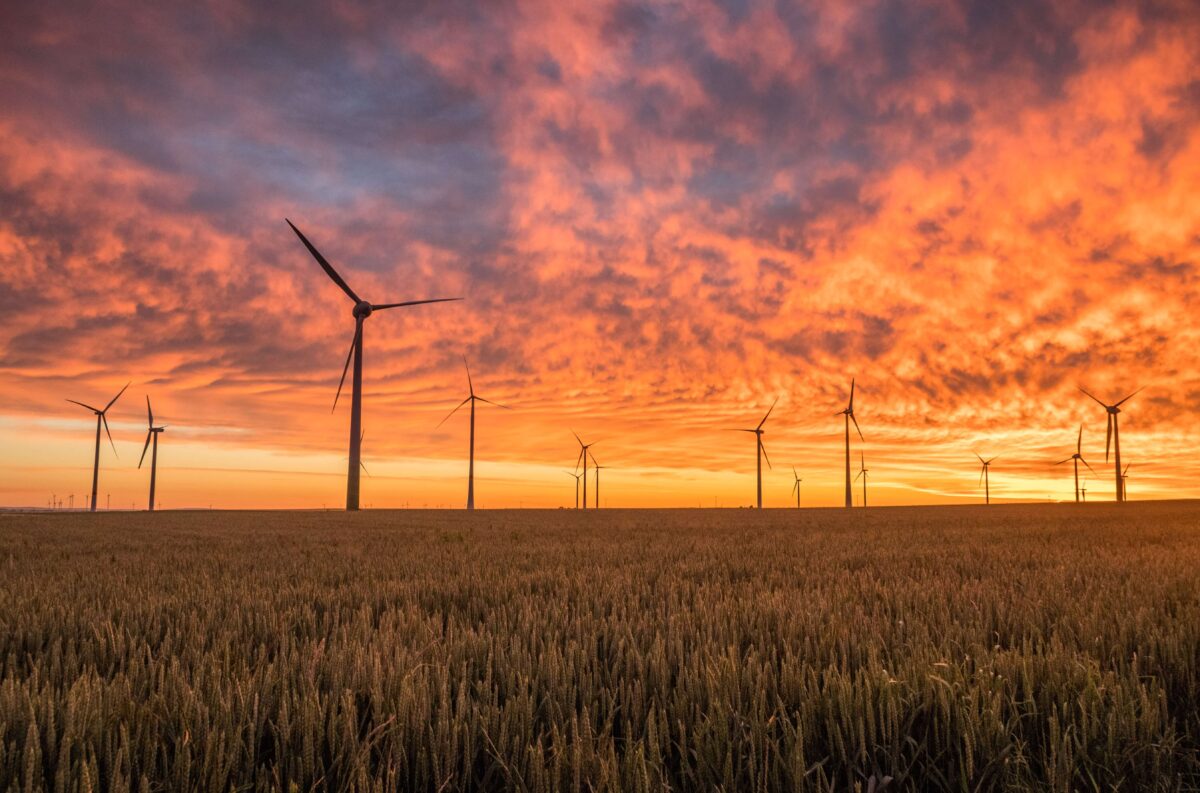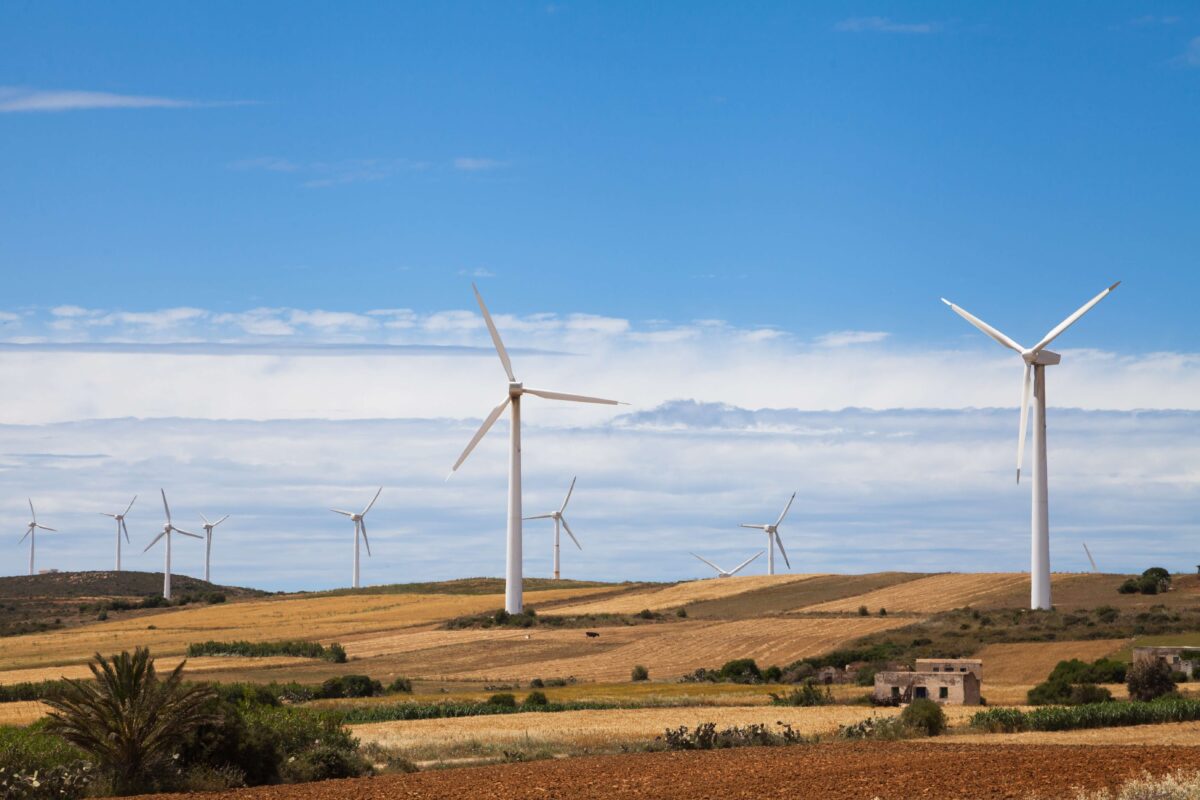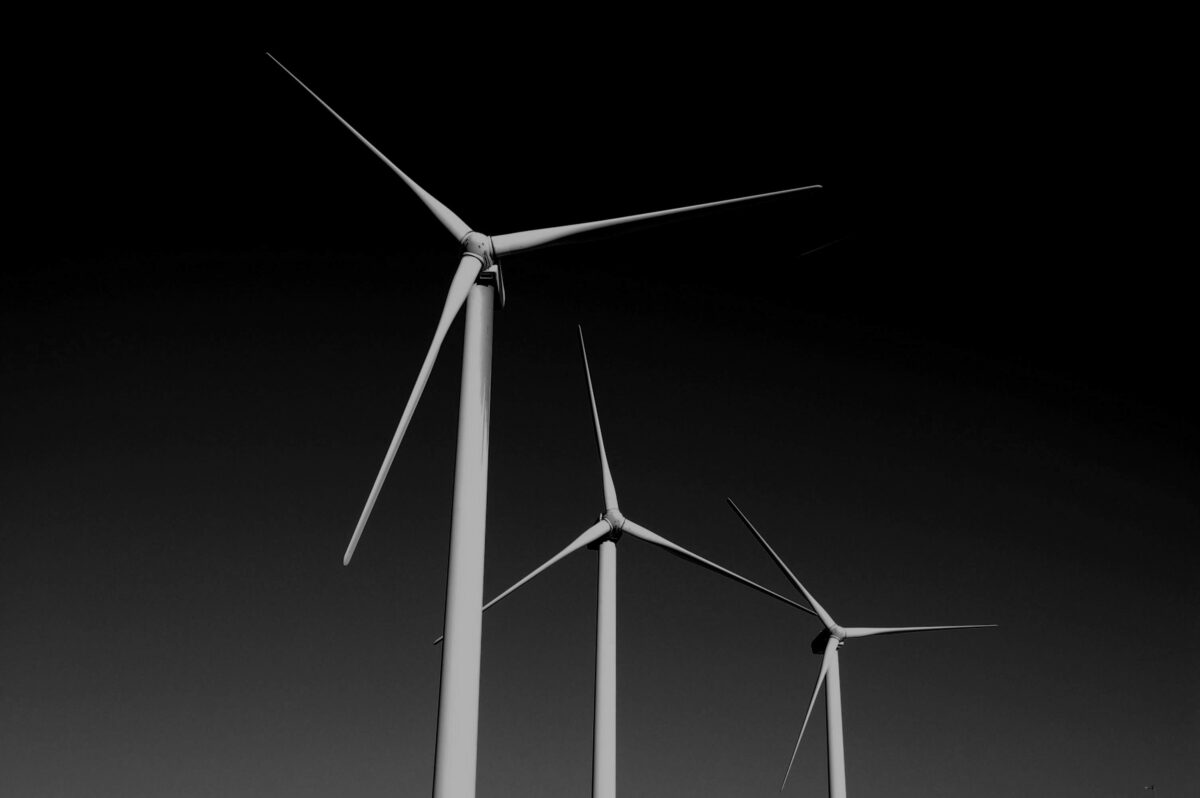Nine major energy markets transition to wind and solar without sacrificing security of supply
A new report shows how nine major energy markets around the world are transitioning to wind and solar without sacrificing security of supply. The report, from the Institute for Energy Economics and Financial Analysis (IEEFA), details the methods by which regional and national markets can integrate high levels of variable wind and solar. It provides case studies of markets in California, Denmark, Germany, Ireland, South Australia, Spain, Tamil Nadu, Texas, and Uruguay.
A member of the House of Lords’ EU Energy and Environment Sub-Committee warned of the potential of Brexit to have significant consequences for the UK’s energy supply chain this week. Viscount Hanworth said Brexit would discourage investment in UK generating capacity and continental interconnectors, both of which could put the UK’s energy supply in jeopardy.
The world’s first floating wind farm, the 30MW Hywind Scotland, is outperforming expectations, operating at levels consistently above a nearby offshore installation. Typically, fixed offshore wind has a capacity factor between 45 to 60%. Hywind operated at an average of 65% during the three months from November to January.
Danish renewable energy company Orsted has signed a five-year research agreement with the University of Oxford. The collaboration will focus on optimising the design of foundation structures used for offshore turbines. Orsted is already working with Durham University on a similar collaboration relating to wind turbine design. The Oxford research agreement will focus on cyclic loading, or the repeated loading that occurs from the action of both wind and waves on the structure and operation of the turbines.
French energy company EDF has pledged to commence ‘unprecedented acceleration’ in renewable energy deployment after its UK nuclear revenues collapse in 2017, which saw EDF’s earnings fall by nearly £700 million due to lower realised prices. A core component of EDF’s acceleration is a plan to install 30GW of solar PV in France between 2020 and 2035.
The government of the Balearic Islands, which include Mallorca and Ibiza, has proposed a climate law that aims to generate 100% of electricity from renewables for the four Spanish islands by 2050. Currently only 2% of the islands’ electricity is generated from renewable sources, with 43% coming from coal. The region’s plans may come into conflict with those of mainland Spain, as Madrid’s energy ministry has rejected a key element of the plan—the closure of a coal power plant by 2025.
Green supplier So Energy has won the chance to supply almost 6,000 Essex residents with electricity in Essex County Council’s annual Essex Energy Switch. The scheme sees thousands of households band together to collectively switch providers with the aim of securing a cheaper deal. In other switching news, Ikea is calling for households to switch to a 100% renewable electricity tariff after joining forces with the ‘Big Clean Switch’ campaign, which will negotiate a deal with green suppliers for every household that signs up. And in its annual customer satisfaction report, uSwitch.com found that Octopus Energy and Bulb took first and second place, respectively, leaving big six suppliers trailing behind their smaller competitors.
Electric vehicles
Last week, the UK government announced investment totalling £30 million in vehicle-to-grid (V2G) technologies. The investment comes through the government’s Industrial Strategy and will support V2G technologies that can enable electric vehicles to deliver electricity back to the grid. The funding was awarded to 21 projects to pay for research, design, and development.
A new study published in Nature Communications investigates the climate impact of drone-based package delivery. Using San Francisco as a case study, the research showed that using small drone technology for delivery (carrying less than 0.5 kg) could result in a 50% reduction in GHG emissions per packagecompared to diesel and a 26% reduction compared to electric truck delivery.
A new UK All-Party Parliamentary Group on electric and autonomous vehicles has been set up to increase awareness of the benefits of EVs. The group has warned the UK could miss out on the industrial and technological shift resulting from rapid EV uptake due to the distraction of Brexit.
Electric airplane start-up Eviation is aiming for a 9-seat commuter aircraft to be operational by 2021 after signing a battery supply deal with South Korean battery supplier Kokam. Airbus, Boeing, and Uber Technologies are all working on electric and hybrid aircraft, with smaller aircraft likely to be electrified well before large commercial jets are realised due to current battery technology not having high enough energy density.
Renault has opened its first EV experience centre in Stockholm. The new ‘concept store’ will showcase its growing range of EVs and allow Renault to engage with the general public on the benefits of electric motoring.
Distributed generation and storage
Recent research from the Integrate Programme shows how peer-to-peer energy trading platforms can group prosumers working together as ‘federated power plants’ that facilitate transactions for services that support the grid. Rather than operating like a traditional virtual power plant that directly controls prosumer resources, a P2P platform supporting a federated power plant would provide a market mechanism to facilitate mutually beneficial energy transactions between prosumers and system operators.
Rooftop solar on South Australian households and businesses has helped reduce the peak demand and cap wholesale electricity costs during last month’s heatwave. Rooftop solar was providing more capacity at the demand peak than would have been provided by a recently closed coal-fired power plant in Port Augusta.
The Hornsdale Power Reserve, Tesla’s massive battery in Australia, has had so much interest that the owner and operator has developed an online widget to monitor the battery’s operation. Neoen Australia created the widget to highlight the speed of its response time as well as its ability to charge mostly at low price intervals and discharge at higher prices.
Combined heat and power (CHP) is currently the dominant form of microgrid technology, but this is expected to shift to solar by 2026, according to a new report from Navigant Research. Currently, CHP accounts for 655MW of microgrid generation with solar at 392MW and diesel at 385MW. By 2026, solar is expected to account for 3.8GW of generation followed by 3.3GW of energy storage.




